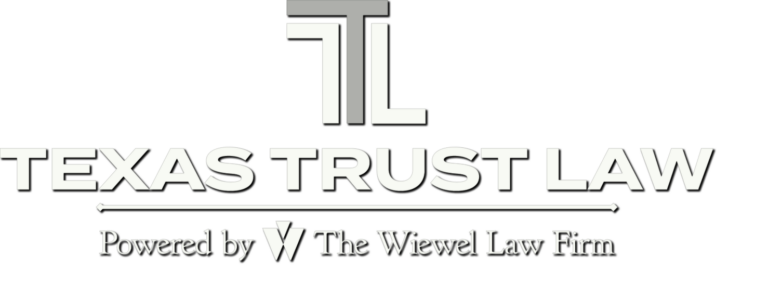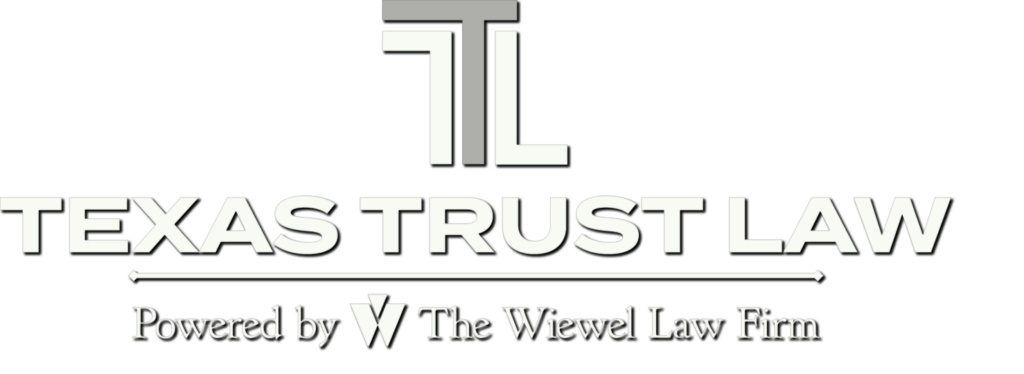
Ways to use a No-Contest Clause in your Planning
There are different ways to defend a last will and testament from a claim filed by an individual or a group of individuals who want to alter the terms you put into your will. One way is to hope your executor or, if the issue concerns a trust, your trustee, can effectively defend your choices, says a recent article from Kiplinger, “What Do No-Contest Clauses Have to Do With Undue Influence?” Another is to include a no-contest clause, which would disinherit all heirs if they lose their challenge or for even filing a challenge in the first place. There are ways to use a no-contest clause in your planning.
A no-contest clause can be a strong deterrent for a beneficiary who believes they are entitled to more than the amount provided if they know that just by filing a challenge, they’ll forfeit their share. However, it may not be powerful enough for someone completely omitted from the estate plan altogether. Many estate planning attorneys recommend leaving something for even a disliked heir to give them a reason not to challenge the will.
There are more reasons than disgruntled heirs to have a no-contest clause in your will. A no-contest clause can help if your will omits any heirs at law not specifically mentioned in the document or revoke the share provided for anyone seeking to claim a share in your estate, increase their share, or claim certain assets in your estate.
A no-contest clause is also useful if an heir is trying to invalidate your will, or any provision in it or to take part of your estate in a way not specifically described in your last will and testament.
Many no-contest clauses treat a challenger as having predeceased you or having predeceased you leaving no heirs, thereby passing their share according to other terms in the document. In certain states, it is very important to include a specific direction as to what should happen to these forfeited shares. Your estate planning attorney will know how your state’s laws work and how best to include this language in your will.
However, what if the person challenging the will has a good reason to do so? For instance, numerous cases have been brought to court because probable cause existed where the decedent was subjected to undue influence and even elder abuse by a caregiver or a relative in charge of their finances.
In many cases, family members only learn of the abuse after discovering the depletion of the estate and the admission of a new last will to favor the elder abuser over the decedent’s family. The no-contest clause could cause a complete disinheritance for a family member seeking to protect the estate and any other heir who appears in court to support the petition.
Not all states treat the no-contest clause the same. Some refuse to enforce them as a matter of public policy. Others strictly construe the clause because they disfavor any forfeitures. Your estate plan should be created with a no-contest clause aligning with the laws of your state. Your estate planning attorney will explain the ways to use a no-contest clause in your planning, and create a will designed to avoid punishing a challenge brought in good faith. If you would like to learn more about no-contest clauses, please visit our previous posts.
Reference: Kiplinger (Sep. 1, 2023) “What Do No-Contest Clauses Have to Do With Undue Influence?”
















